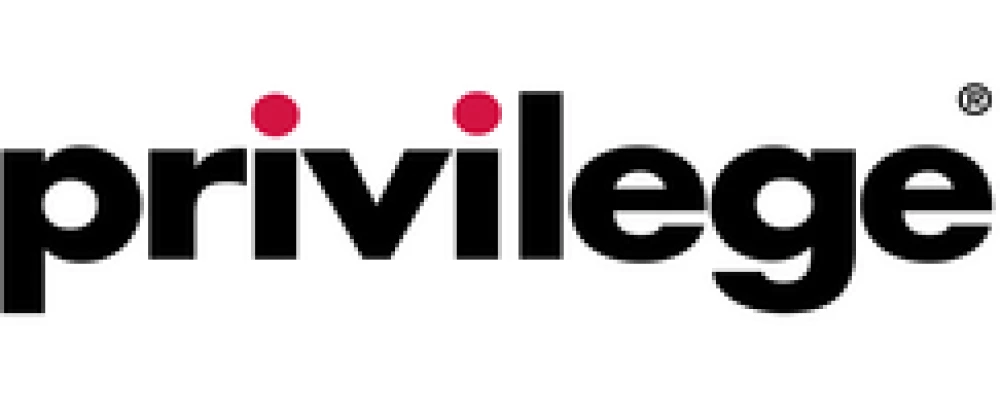What is market segmentation?
We are all different, and that is a wonderful thing. Our differences are what make us interesting, and diversity brings richness and colour to every situation. However, we also all have similarities which make it possible to group us together: cat lovers, accountants, Londoners, redheads – the options are limitless. The anthropologist, Margaret Mead said, “Always remember that you are absolutely unique. Just like everyone else.” Monty Python said something similar.
In the same way, your customers are all unique individuals. This makes it difficult to sell to them as, theoretically, because they are all different, you would need to tailor your approach every single time to have the best chance of making a sale. This is feasible if you are, for example, an architect, and you are designing a bespoke house for each customer. It becomes more challenging if you are selling baked beans and you need to sell many millions of tins to make a profit.
Table of Contents
Market segmentation definition
Market segmentation (also called marketing segmentation) is the process of dividing up the customer (and prospective customer) base into groups that have common characteristics and are different from each other in some meaningful way. Market segmentation enables you to identify the most attractive customers to target and to develop a differentiated marketing strategy for each segment.
Benefits of market segmentation
Why do you need market segmentation? Segmenting the market will enable you not only to better understand your customers but also to decide which groups you can serve most effectively. You may decide to develop a different offer for each segment of the market or to disregard some segments entirely, because they would not be the most profitable, easy to reach, or aligned with your wider strategy.
Uncovering opportunities
Marketing segmentation can also help you to identify unmet needs within different customer segments and uncover opportunities to address new groups of customers. You can also use market segmentation research to better understand a topic or issue of importance, in social or political research, for example, and how that issue plays out amongst different groups of people.
Tailoring your marketing strategy
Once you have conducted your marketing segmentation research and chosen your target segments, you can tailor your marketing strategy and tactics for each segment. This can include having different approaches for any or all of the following:
- Products
- Pricing
- Packaging
- Positioning
- Messaging
- Advertising
- Media
- Sales channels
Types of market segmentation
There are four types of market segmentation: demographic, geographic, behavioural and psychographic.
Demographic market segmentation
This is a simple and logical way of dividing up the market. Factors such as age, gender, income, education and life stage all have an impact on how people buy products and respond to marketing messages and approaches. Examples of market segmentation using demographics include the following:
- Segmentation by age: motor brands target younger customers with smaller, cheaper models and use messaging focused on how fun the car is to drive, whereas older customers are targeted with higher-end specifications and messages about comfort and luxury
- Segmentation by income: holiday companies often have different brands for high-end luxury holidays, aimed at higher income travellers, and budget breaks for those with lower incomes.
- Segmentation by life stage: financial services firms aim pensions at younger working adults and equity release schemes at older, retired people.
Geographic segmentation
Another simple and logical way of dividing the market – by region, country or continent, or by type of geography such as urban vs. rural.
Cultural segmentation
Consider the fast-food chain with restaurants in every country around the world. Cultural differences mean that the same beef burger that sells so well in western Europe and the US would be unlikely to sell at all in India, for example. McDonald’s use of geographic segmentation has led them to create a local version of the Big Mac for the Indian market, a chicken or veggie burger known as the Maharaja Mac which are now “some of the most sought-after burgers on the McDonald’s India menu.”
Geographical features in segmentation
As well as taking cultural issues into account, geographic segmentation can also be based around features such as weather or the physical geography of the region. People living in tropical regions probably don’t buy snow chains for their cars; those living in urban settings probably aren’t interested in tractors. This can optimally be achieved through an in-depth global market study targetted to your brand.
Geographic B2B segmentation
Geographic segmentation can be useful even when there are a lot of similarities between regions – B2B sales teams, for example, often create B2B segmentations by dividing customers up by territory, simply to make them easier to reach.
Behavioural segmentation
Behavioural segmentation splits customers according to how they act – and also how they act in relation to your product.
So, for example, you may want to split your customer base into light and heavy users of your product. It is likely that you will want to reward the heavy users for their regular use, potentially with loyalty bonuses. You will probably want to encourage the light users to become heavier users, perhaps by offering discounts or other incentives for bulk or repeat purchases.
You may also want to split your customers by how they interact with you. Do you have some customers who only interact with your brand online? And others who buy your product in stores or prefer to place orders by phone?
Online customer data can be invaluable in understanding how customers interact with your brand and use your products.
Psychographic segmentation
Psychographic segmentation divides people according to personality characteristics such as their opinions, attitudes, needs and preferences.
Price sensitivity
For example, rather than targeting customers according to income, a more nuanced and effective approach may be to understand whether they are price sensitive. This may or may not be related to their income level. You can then create a basic offering for price-sensitive customers and a feature-rich version for those who want quality at any price. Supermarket own brands are a great example of this type of segmentation in action.
Attitudes in segmentation
A chain of gyms may want to understand customers’ attitudes so that they can keep them motivated to use their membership – are they reluctant couch potatoes who need frequent nudges to work out, or are they eager fitness freaks who would benefit from finding out about any new gym classes or offers?
Motivations in segmentation
Or a charity may want to understand what motivates people to donate – are they driven by empathy with the cause, by knowing someone who would benefit from the help the charity offers, or by a general sense of altruism?
Psychographic segmentation research can uncover a wide variety of different ways to group and make sense of the customer base, sometimes in unexpected ways that can create new marketing opportunities.
A practical example of market segmentation
It is possible – desirable in fact – to combine some of these forms of segmentation. We conducted a segmentation for a protein shake manufacturer that combined elements of behaviour and attitudes. This enabled us to create a segmentation of five personas based on based on lifestyles, fitness regimes and consumption patterns. The new segmentation model has given our client the ability to develop and target marketing communications, promotions and new product development strategies with a degree of precision that wasn’t previously possible.
Contact us
If you want to better understand your market and develop a customer segmentation that enables you to uncover new opportunities, improve your communications and create competitive advantage, please get in touch with Mark@brandspeak.co.uk or contact us via enquiries@brandspeak.co.uk .














